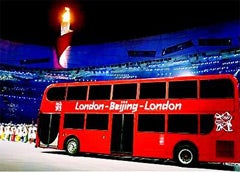Looking for more insights?
Sign up to stay informed about our latest article releases.
With tens of thousands of live spectators and around-the-clock television coverage, the Beijing Olympics offered an opportunity of a lifetime for athletes and countries to display their athletic prowess. But it also afforded a unique chance for a city like London, which is host for the 2012 Olympic Games, to aggressively promote itself as an ideal destination for businesses, students and tourists. China Knowledge at Wharton spoke with Wharton faculty and experts who worked on the London campaign about what it takes to “brand” a city in order to compete with a growing number of locations looking to attract future investors and decision makers.

Sign up to stay informed about our latest article releases.